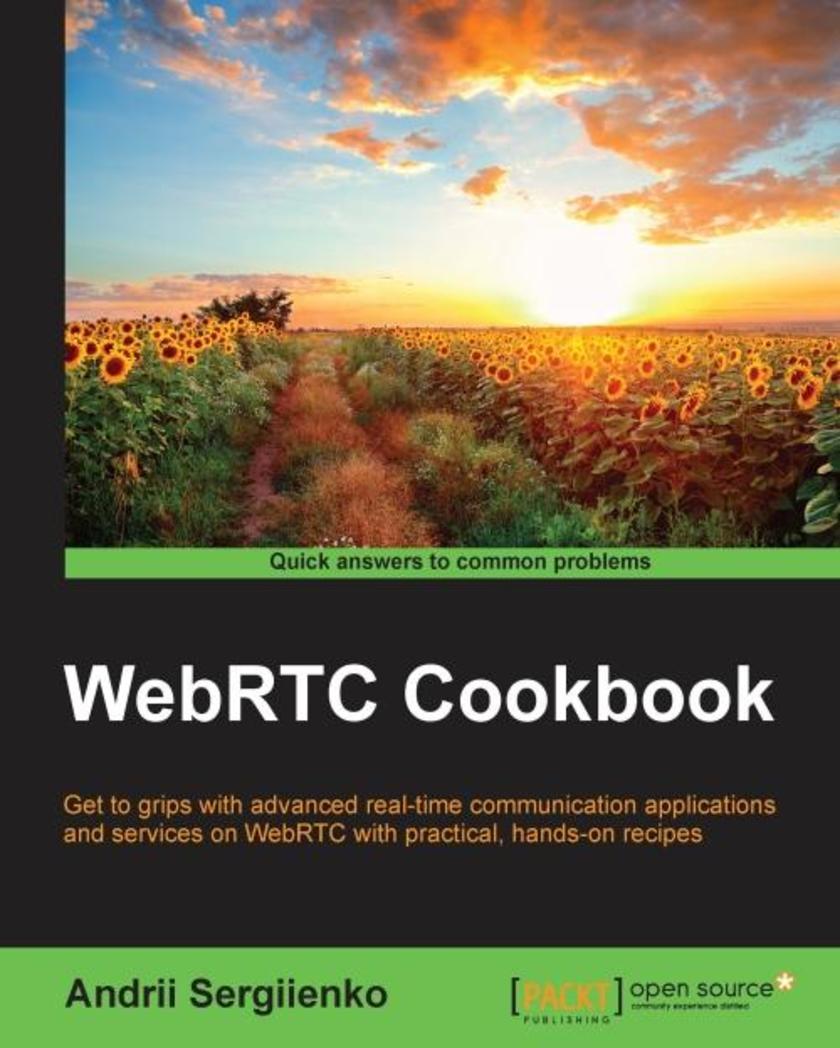
WebRTC Cookbook
¥80.65
If you are a JavaScript developer with a basic knowledge of WebRTC and software development, but want to explore how to use it in more depth, this book is for you.
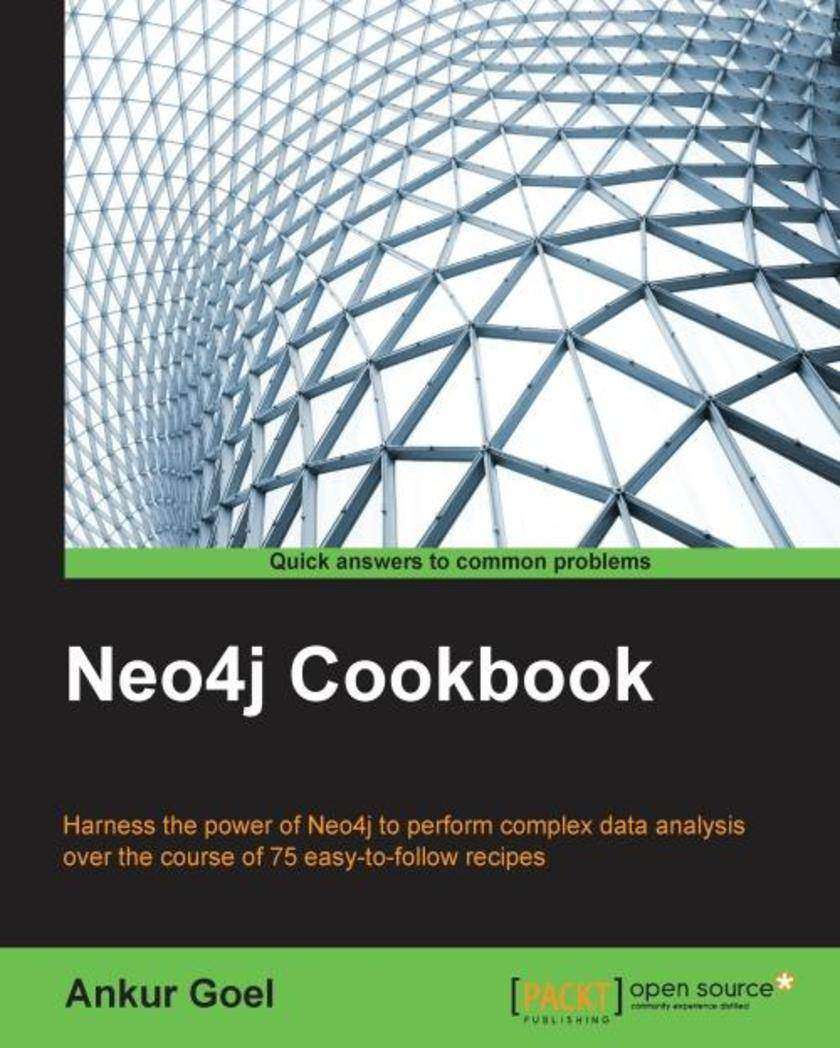
Neo4j Cookbook
¥80.65
If you are already using Neo4j in your application and want to learn more about data analysis or database graphs, this is the book for you. This book also caters for your needs if you are looking to migrate your existing application to Neo4j in the future. We assume that you are already familiar with any general purpose programming language and have some familiarity with Neo4j.
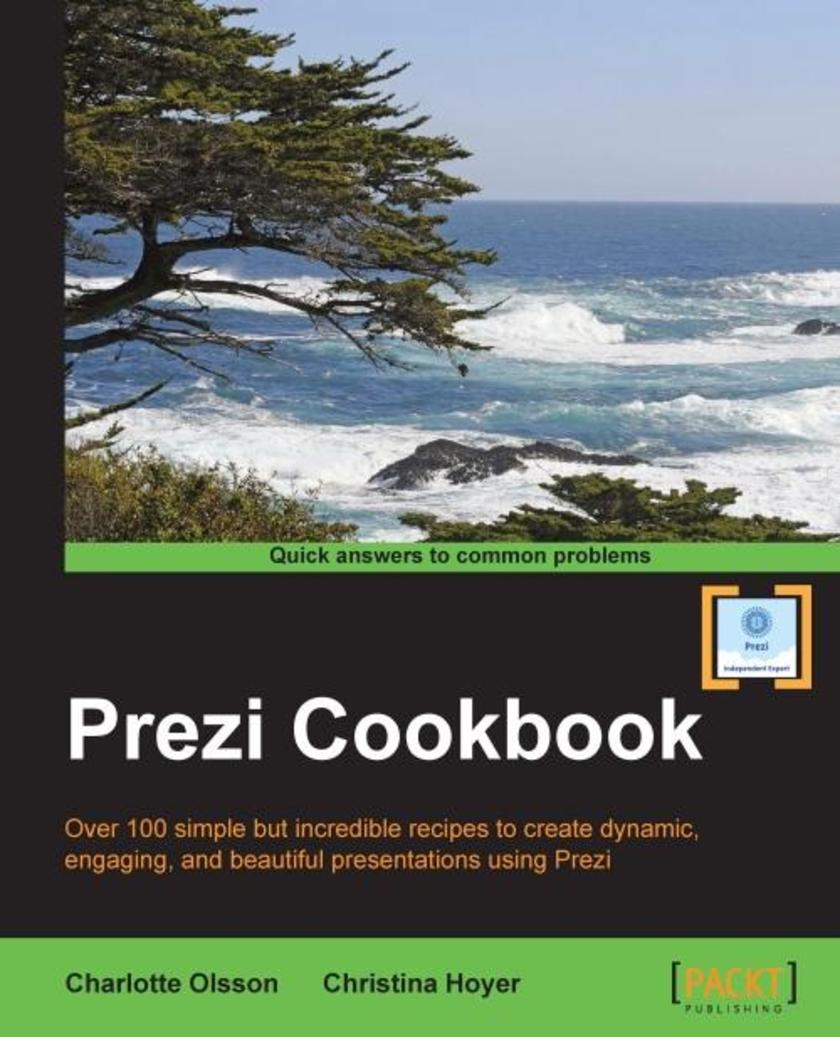
Prezi Cookbook
¥80.65
This book is intended for both beginners who want to get started with Prezi as well as experienced users who want to enhance their knowledge of Prezi. If you are a seasoned presenter, you can use this book to quickly transfer your presentation skills to Prezi. If you are new to presenting, the guidelines and tips in this book take you by the hand and guide you to complete mastery of Prezi.
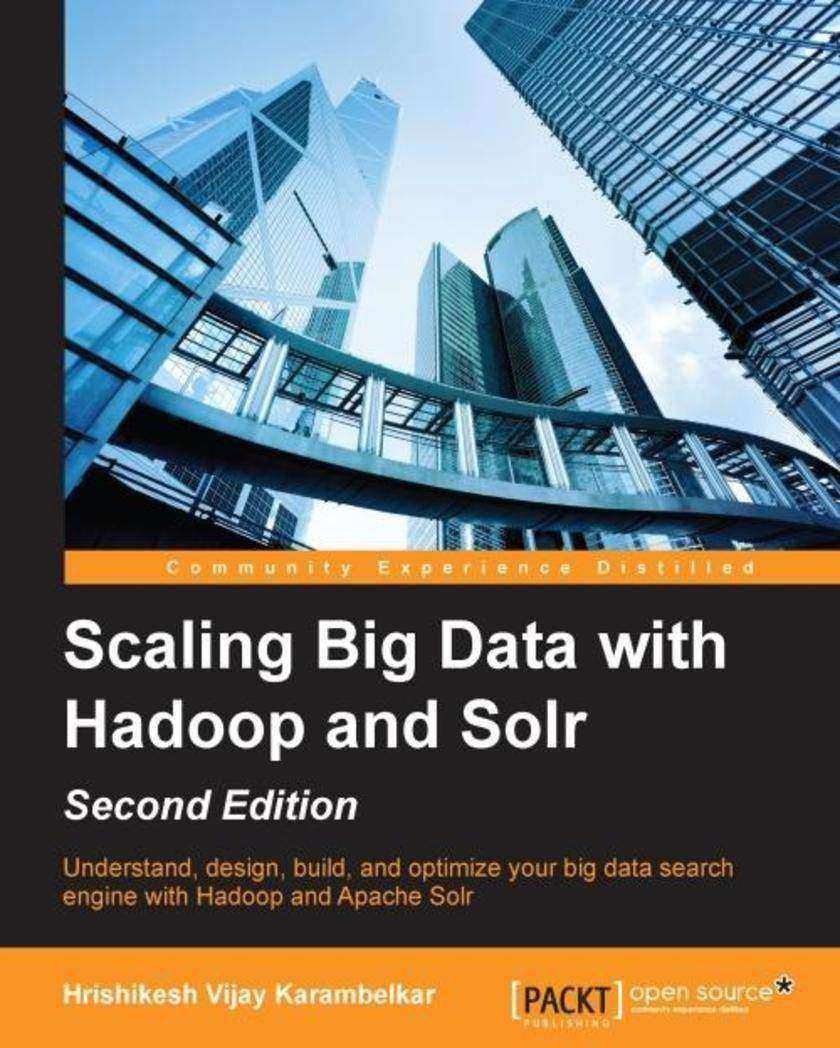
Scaling Big Data with Hadoop and Solr - Second Edition
¥80.65
This book is aimed at developers, designers, and architects who would like to build big data enterprise search solutions for their customers or organizations. No prior knowledge of Apache Hadoop and Apache Solr/Lucene technologies is required.
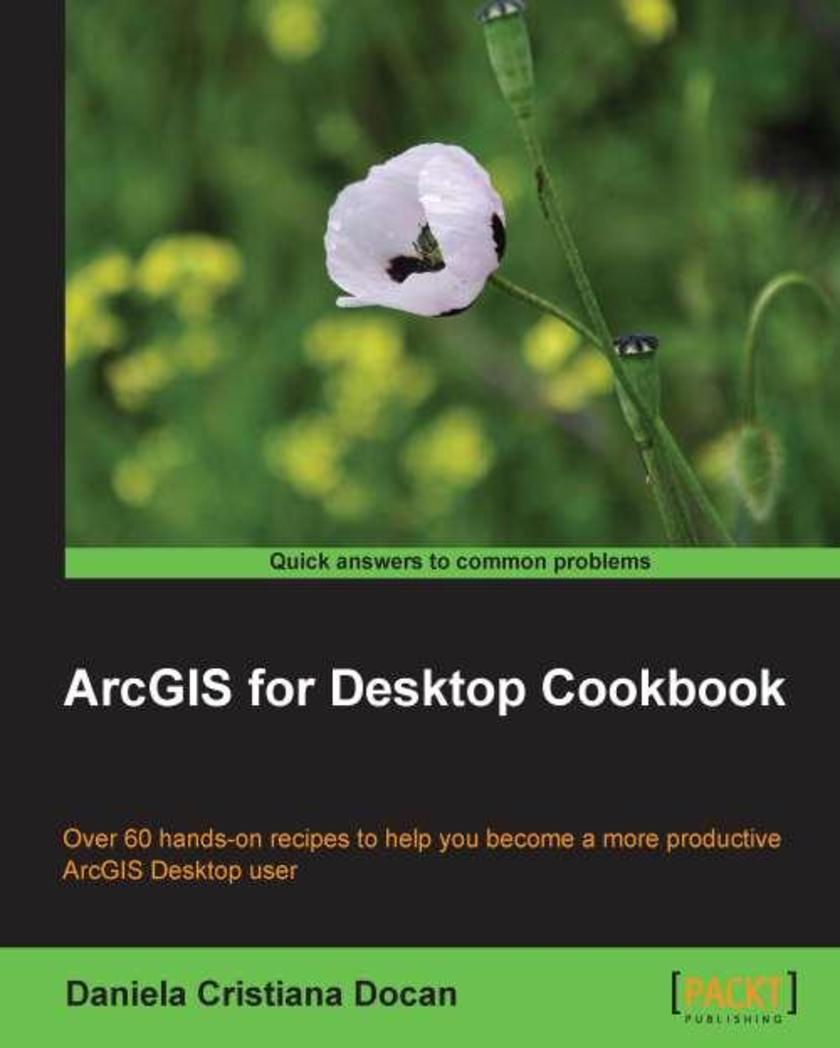
ArcGIS for Desktop Cookbook
¥80.65
This book is a good companion to get you quickly acquainted with everything you need to increase your productivity with the ArcGIS Desktop. It would be helpful to have a bit of familiarity with basic GIS concepts. If you have no previous experience with ArcGIS, this book will still be helpful for you because it will help you catch up to the acquainted users from a practical point of view.
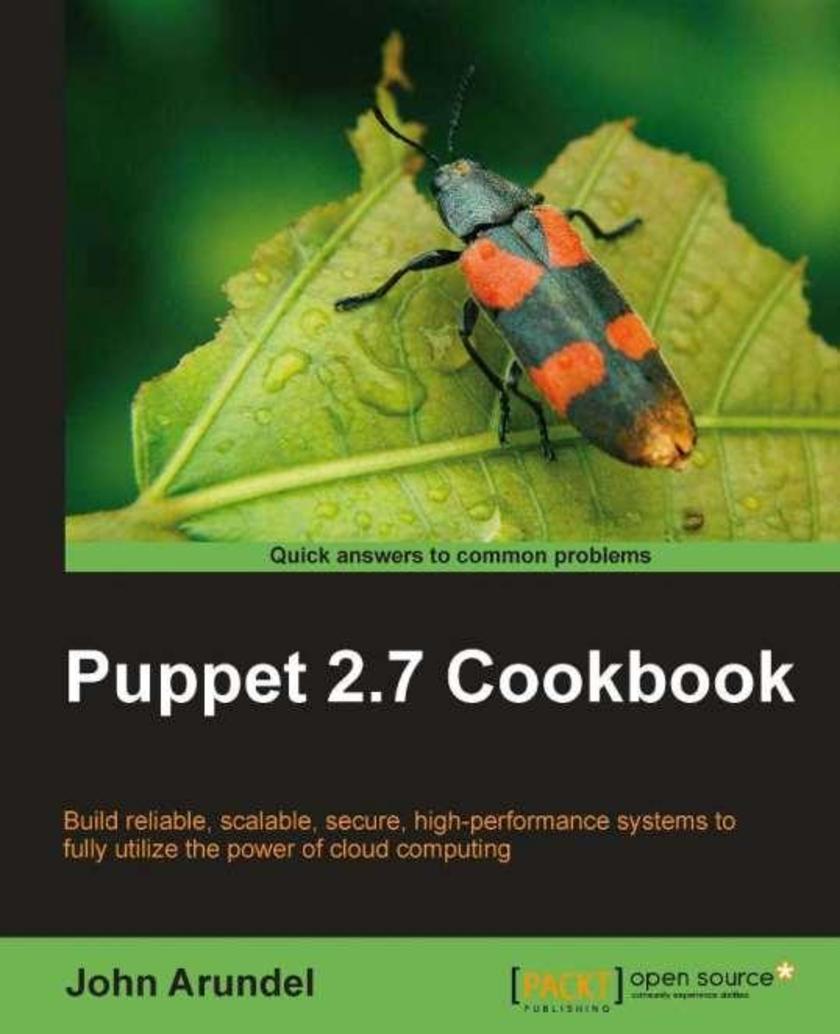
Puppet 2.7 Cookbook
¥80.65
This book is written in a Cookbook style showing you how to set up and expand your Puppet infrastructure. It progresses through detailed information on the language and features, external tools, reporting, monitoring, and troubleshooting, and concludes with many specific recipes for managing popular applications. The book assumes that the reader already has a working Puppet installation and perhaps has written some basic manifests or adapted some published modules. It also requires some experience of Linux systems administration, including familiarity with the command line, file system, and text editing. No programming experience is required.
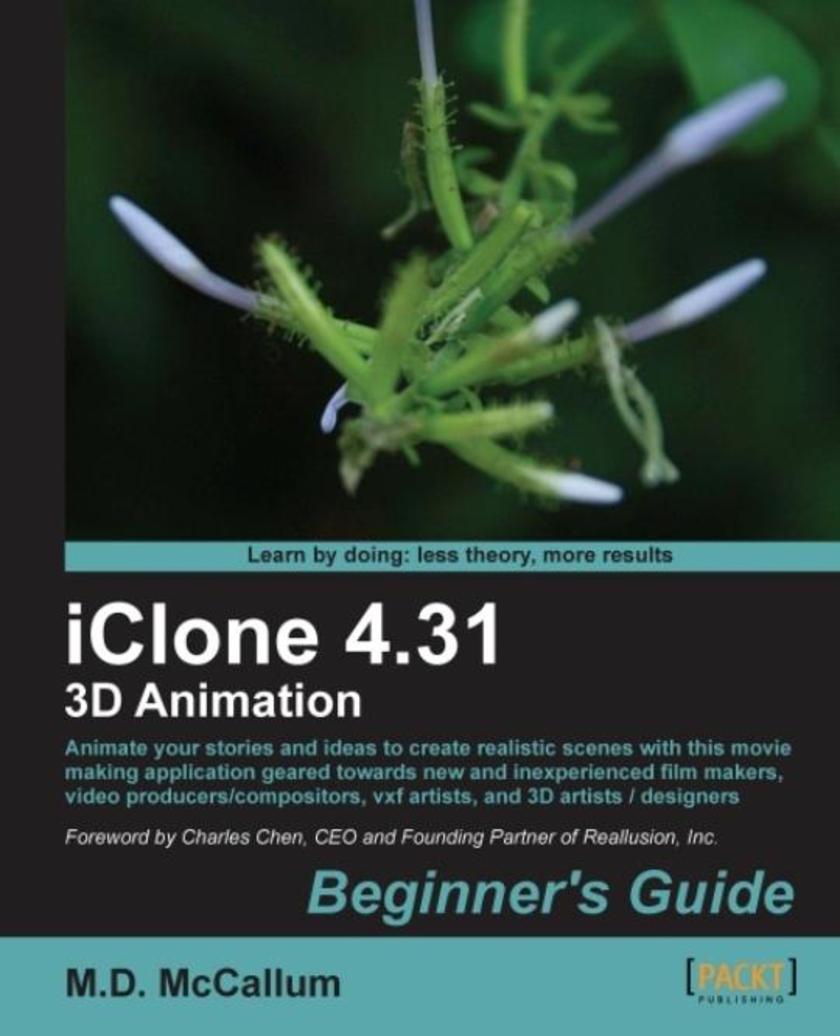
iClone 4.31 3D Animation Beginner's Guide
¥80.65
This book is a part of the Beginner's guide series, wherein you will quickly start doing tasks with precise instructions. Then the tasks will be followed by explanation and then a challenging task or a multiple choice question about the topic just covered. Do you have a story to tell or an idea to illustrateThis book is aimed at film makers, video producers/compositors, vxf artists or 3D artists/designers like you who have no previous experience with iClone. If you have that drive inside you to entertain people via the internet on sites like YouTube or Vimeo, create a superb presentation video, showcase a product or create a movie, or get a fast start on the iClone program, this Beginner’s guide was written with you in mind.
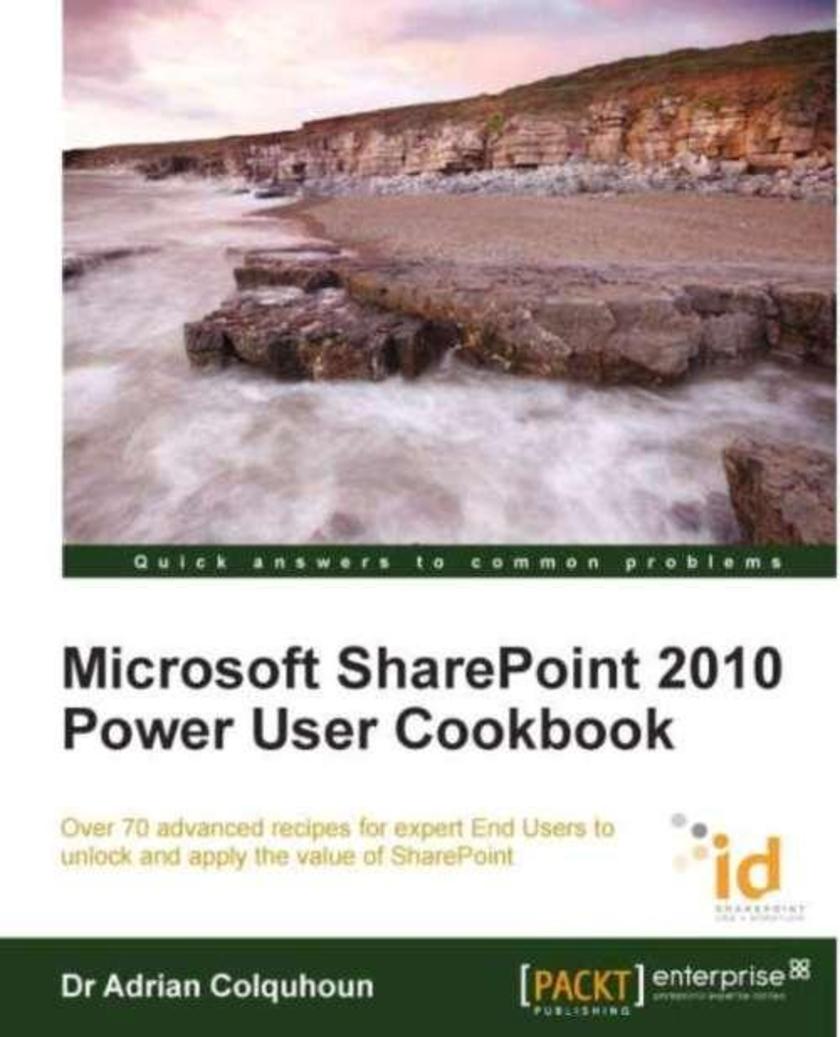
Microsoft SharePoint 2010 Power User Cookbook
¥80.65
This hands-on cookbook takes readers through many highly applicable intermediate and advanced SharePoint recipes, as well as offering three real-world business scenarios to complement the knowledge already gained. The book specifically sets out to cover important SharePoint 2010 topics that are often avoided by other authors. If you are an advanced End User or Power User of SharePoint 2010 who wants to accomplish specific business tasks beyond the basics, then this cookbook is not to be missed. You should already be comfortable with SharePoint in order to get the most out the recipes, which are applicable up to and including SharePoint Enterprise edition. You'll find this book useful not only as a learning tool, but also as a reference guide as your SharePoint skills and experience increase.
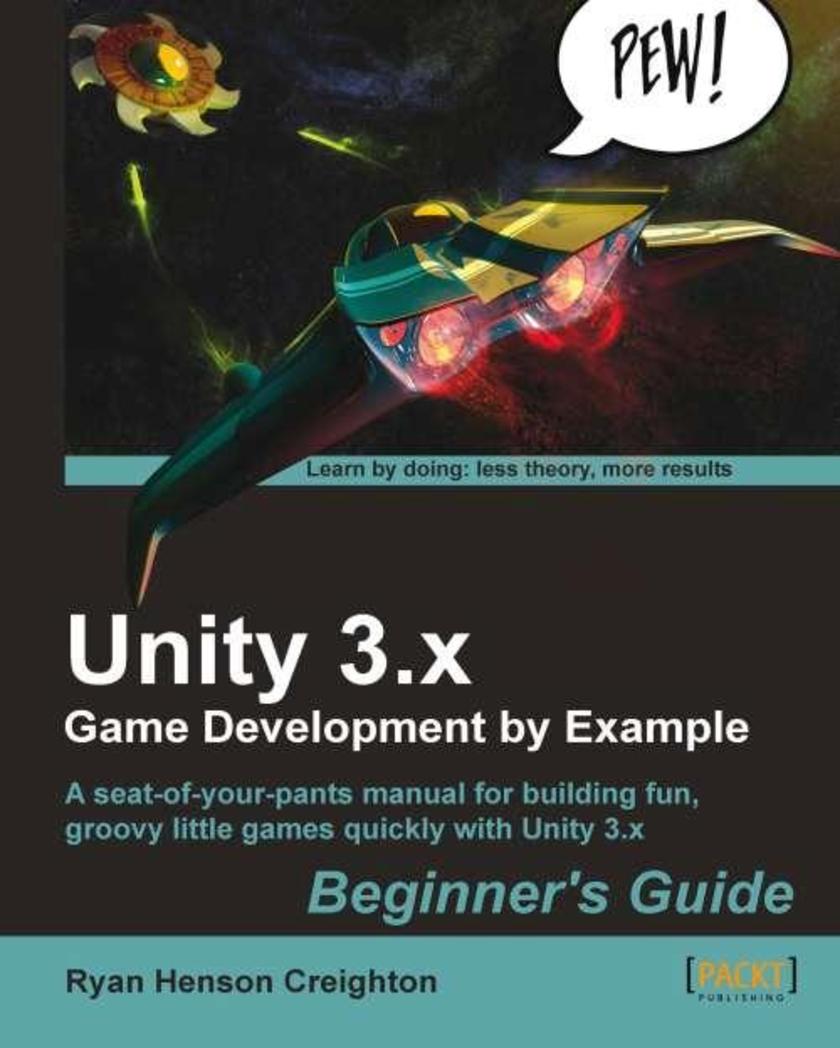
Unity 3.x Game Development by Example Beginner's Guide
¥80.65
The book takes a clear, step-by-step approach to building small, simple game projects. It focuses on short, attainable goals so that the reader can finish something, instead of trying to create a complex RPG or open-world game that never sees the light of day. This book encourages readers hungry for knowledge. It does not go into gory detail about how every little knob and dial functions – that's what the software manual is for! Rather, this book is the fastest path from zero to finished game using the Unity game engine. If you've ever wanted to develop games, but have never felt "smart" enough to deal with complex programming, this book is for you. It's also a great kick-start for developers coming from other tools like Flash, Unreal Engine, and Game Maker Pro.
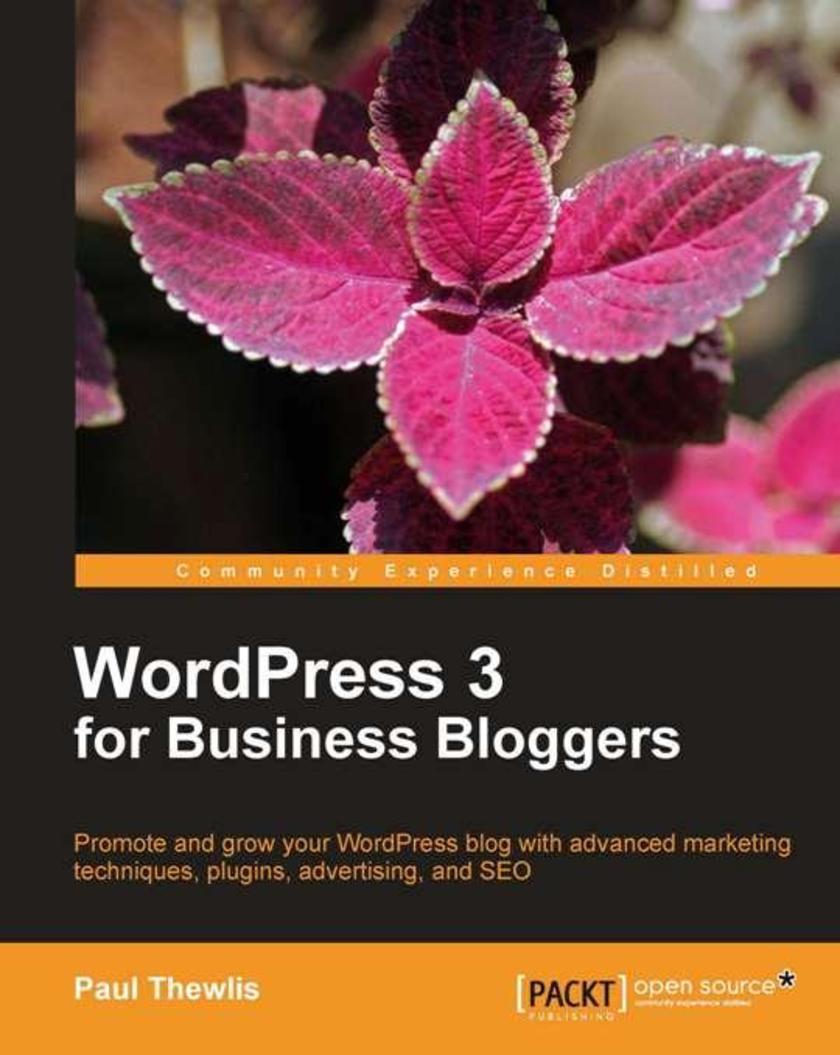
WordPress 3 For Business Bloggers
¥80.65
This is a practical, hands-on book based around a fictitious case study blog, which you will build on a development server using WordPress. The case study grows chapter by chapter, from installing your local development server, right up to the finished blog. This book is for anybody running or starting a business blog using WordPress, whether you plan to use your blog for PR and marketing, or want to profit directly from blogging.
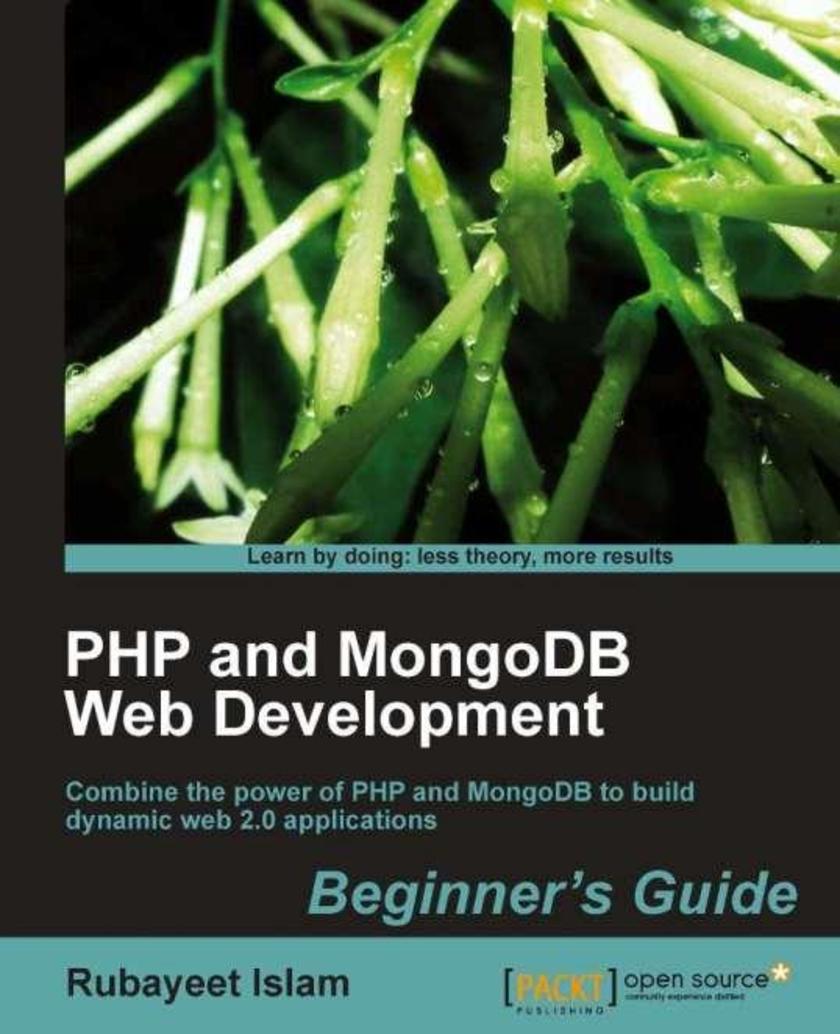
PHP and MongoDB Web Development Beginner’s Guide
¥80.65
The book follows a "Code first, explain later" approach, using practical examples in PHP to demonstrate unique features of MongoDB. This book is packed with step-by-step instructions and practical examples, along with challenges to test and improve your knowledge. This book assumes that you are experienced in web application development using PHP, HTML, and CSS. Having working knowledge of using a relational database system such as MySQL will help you grasp some of the concepts quicker, but it is not strictly mandatory. No prior knowledge of MongoDB is required.
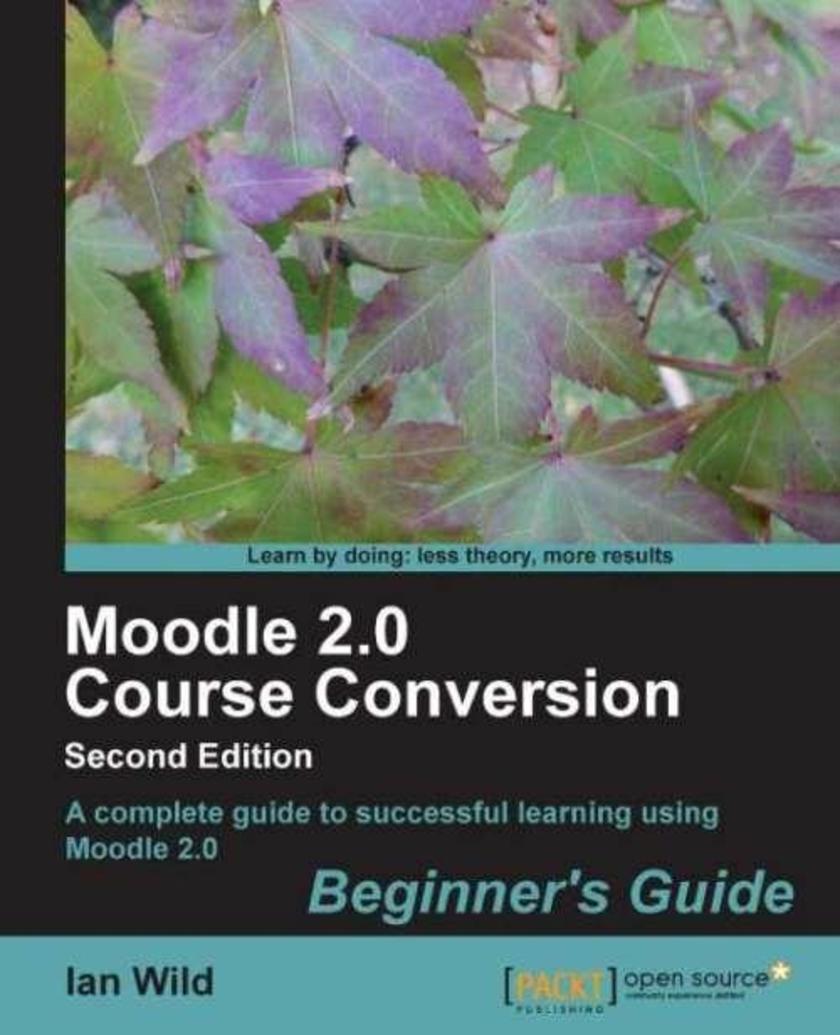
Moodle 2.0 Course Conversion, Second Edition
¥80.65
With clear instructions and plenty of screenshots, this book provides all the support and guidance you will need as you begin to convert your teaching to Moodle. Step-by-step tutorials use real-world examples to show you how to convert to Moodle in the most efficient and effective ways possible. Moodle Course Conversion carefully illustrates how Moodle can be used to teach content and ideas and clearly demonstrates the advantages of doing so. This book is for teachers, tutors, and lecturers who already have a large body of teaching material and want to use Moodle to enhance their course, rather than developing brand new ones. You won’t need experience with Moodle, but will need teacher-access to a ready-installed Moodle site. Teachers with some experience of Moodle, who want to focus on incorporating existing course materials will also find this book very useful
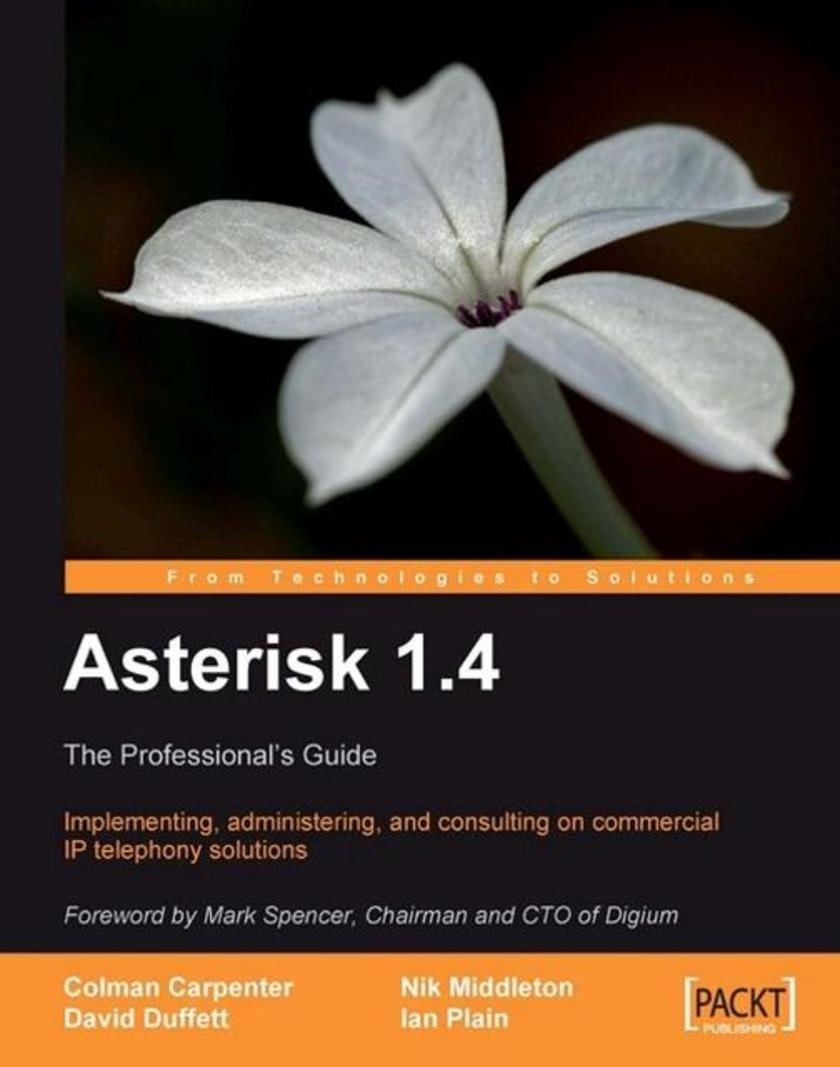
Asterisk 1.4 : The Professional’s Guide
¥80.65
Employing a comprehensive handbook-style approach, this easy-to-follow book shows the reader various means of implementing the power of Asterisk in a commercial environment. In next to no time, the reader will gain a deeper understanding of many of the issues faced by Asterisk consultants and the solutions they believe work best. Primarily aimed at Asterisk Professionals, this book provides real-world insight for Asterisk Network Administrators and System Implementers in the commercial environment. This book is not for newcomers to Asterisk. Readers are expected to be experienced with installing and administering Asterisk systems.
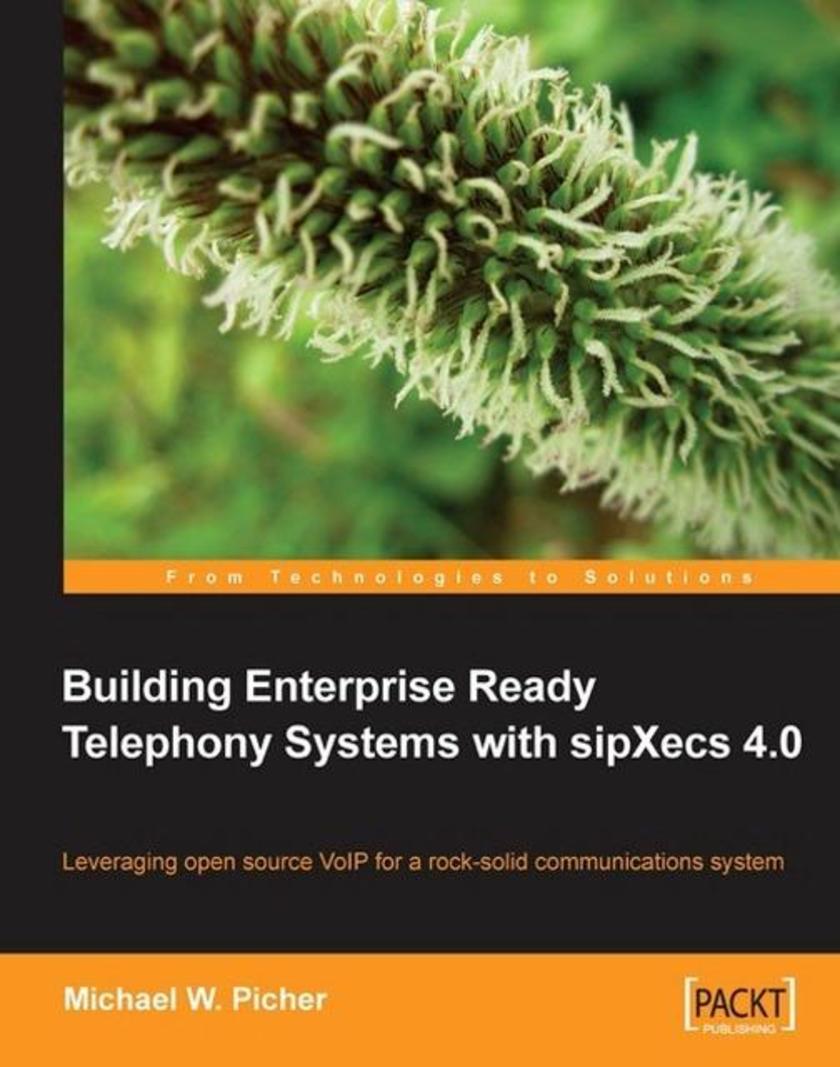
Building Enterprise Ready Telephony Systems with sipXecs 4.0
¥80.65
This book was written to be a step by step approach to building a communications system for any organization. Care was taken to clearly illustrate with diagrams and screen shots all of the steps and concepts along the way. This book is written for network engineers who have been asked to deploy and maintain communications systems for their organizations.
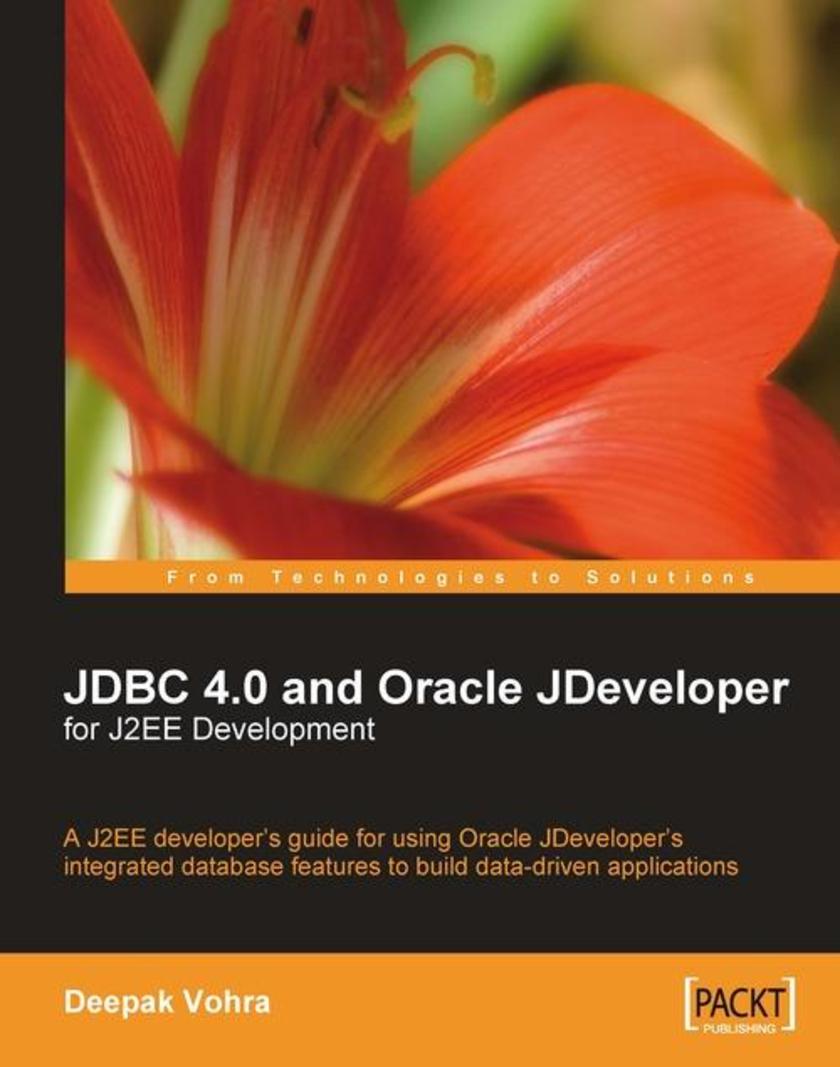
JDBC 4.0 and Oracle JDeveloper for J2EE Development
¥80.65
Being a quick reference guide, this book has a focused approach. You will learn to develop J2EE applications with JDBC and JDeveloper in no time. The book covers lot of practical examples, which makes it developer-friendly learning material. The book is suitable for Java/J2EE and Oracle JDeveloper beginners. If you are a J2EE developer and want to use the JDeveloper IDE for J2EE development, this book is for you. JDeveloper developers who are new to J2EE will also benefit from the book. Most J2EE applications have a database component and the book is specially suited for database-based J2EE development in Oracle JDeveloper. You can also use this book if you are interested in learning how to utilize the new features offered in JDBC 4.0 for Java/J2EE development.
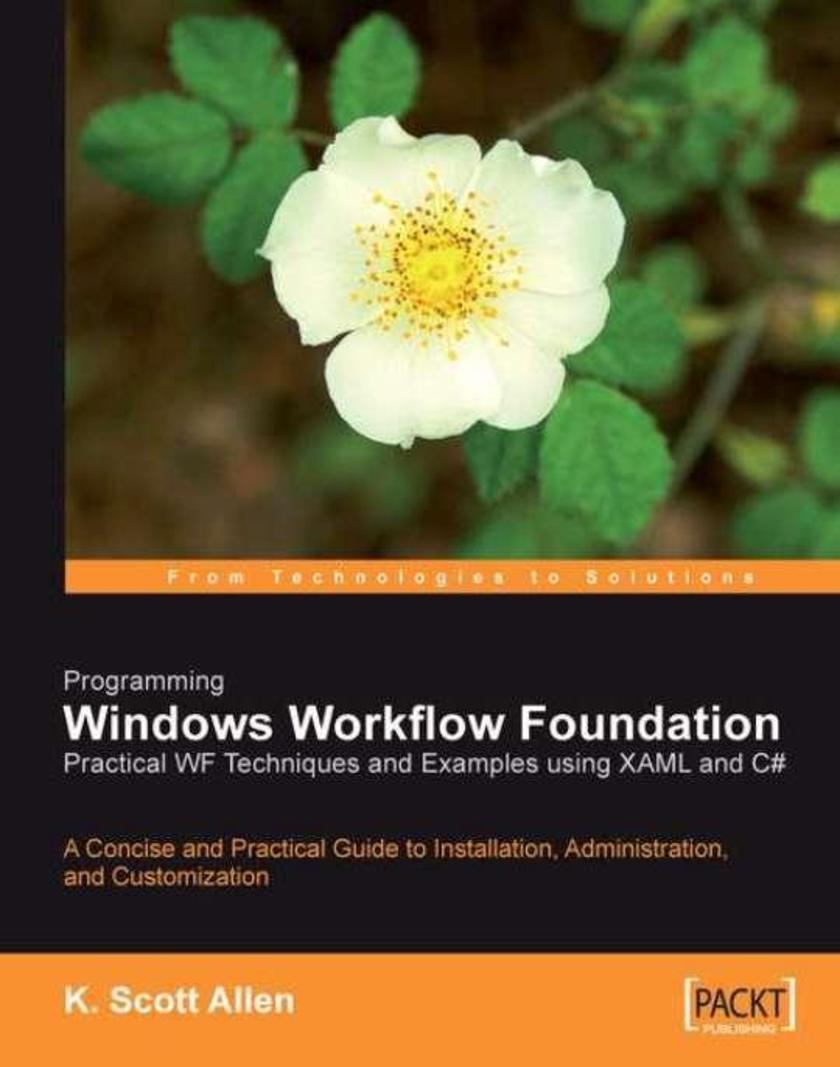
Programming Windows Workflow Foundation
¥80.65
Fast-paced and to-the-point, this book takes you through the important topics of Windows WF development with clear explanations and practical example code. The book's selection of topics is driven by what the working developer needs to know. It is neither a comprehensive reference to the whole WF architecture, nor a strategy guide to the complete application development lifecycle. It's just what you as a C# developer need to know to use WF in your applications. This book is for .NET developers who want to enhance their applications with flexible workflow capabilities using Microsoft Windows Workflow Foundation. The author assumes that you have read other texts on the overall architecture of WF and on WF application design strategies, and instead focuses on real-work implementation issues for C# developers.
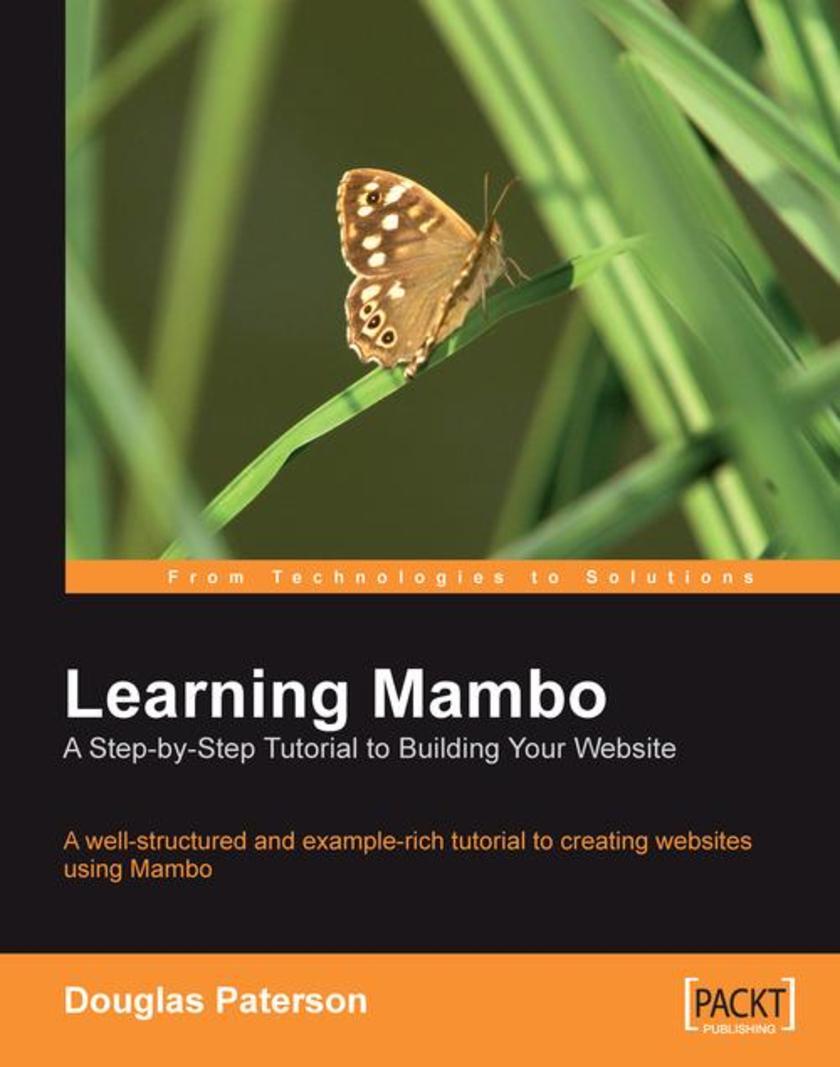
Learning Mambo: A Step-by-Step Tutorial to Building Your Website
¥80.65
Written in a clear, easy-to-read style, the book provides a tutorial for setting up a Mambo website. Each topic is tackled in a practical way with many examples and tasks to develop your skills. A realistic example website is developed incrementally through the book, showing each step in detail. This book is suitable for web developers, designers, webmasters, content editors, and marketing professionals who want develop a fully featured web presence in a simple and straightforward process. No prior knowledge of Mambo is expected, and it does not require any detailed knowledge of programming or web development. Any IT-confident individual will be able to use the book to produce an impressive website.
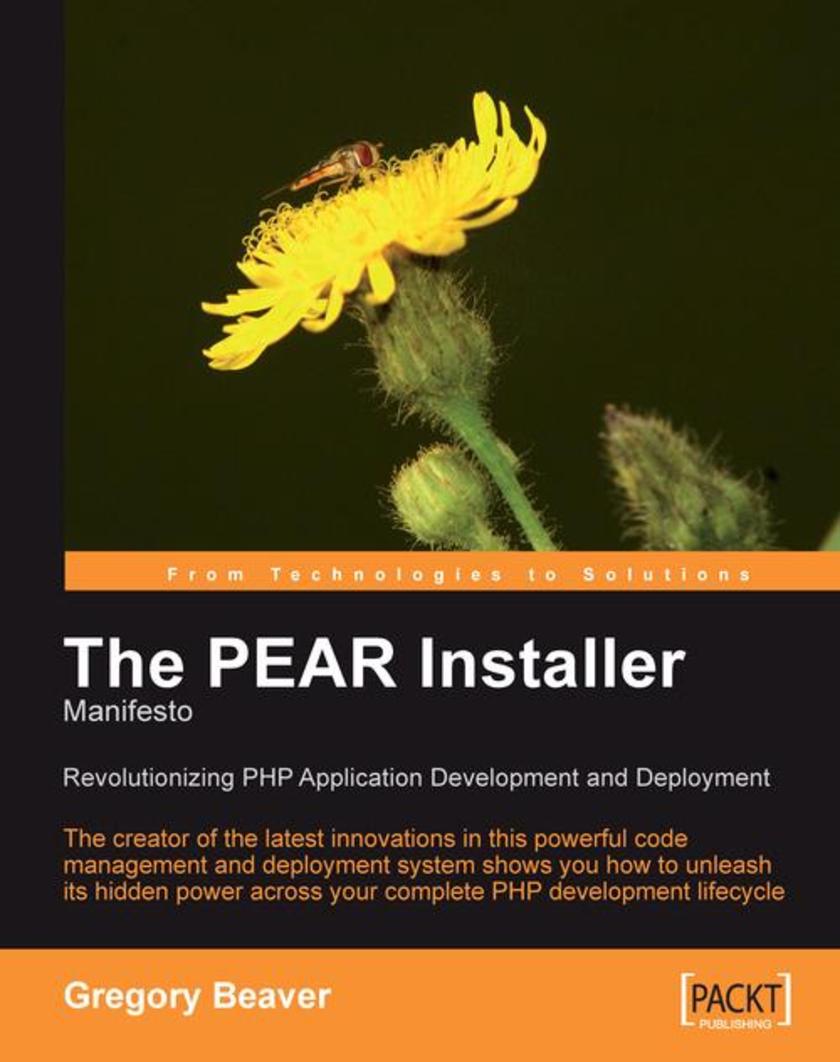
The PEAR Installer Manifesto
¥80.65
This book is a comprehensive and well structured tutorial on using PEAR Installer, but it is also much more than that. As the creator of the latest versions of the PEAR Installer (1.4.0+) , the author is passionate about the benefits of a well managed development and deployment process. The book shows how the PEAR Installer works in detail, and then takes you through a comprehensive tour of how you can apply it all stages of the development lifecycle, with practical examples and advice throughout. It will build your technical skills and understanding, and also widen your perspective on managing an effective development process. The book is not just for PHP developers who want to understand how the PEAR Installer works, and what it can do for them, but more generally for PHP developers seeking a better way to deploy their applications and manage updates. It does assume that you have a good working knowledge of PHP development, and are dealing with projects of a sufficient scale and complexity to warrant an investment in a structure process.
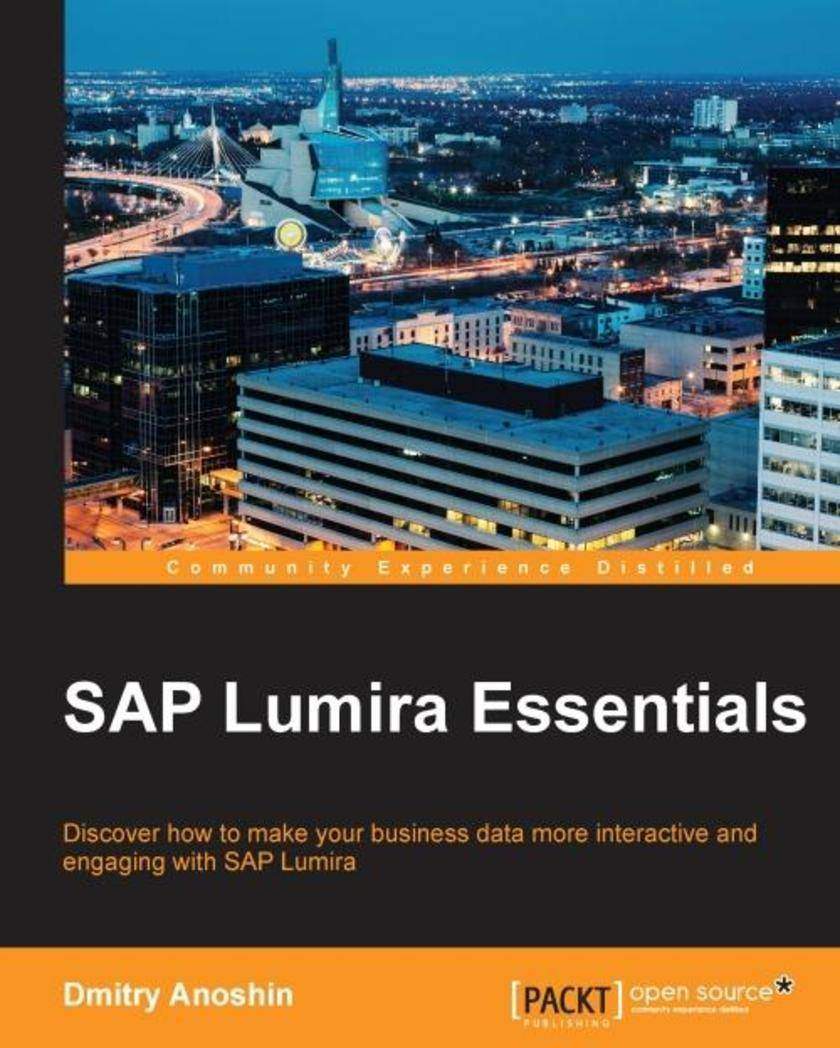
SAP Lumira Essentials
¥80.65
Discover how to make your business data more interactive and engaging with SAP Lumira About This Book Create a powerful data discovery experience with the advanced capabilities of SAP Lumira Find business insights in your data through data blending, wrangling, transformation, and visualization A fast-paced guide packed with hands-on practical examples, real-world solutions, and best practices to get you started with SAP Lumira Who This Book Is For If you are a SAP user, business analyst, BI developer, or a junior data engineer who wants to use SAP Lumira to build creative visualizations, this book is for you. You should have a reasonable level of knowledge of SAP Business Objects and its components. What You Will Learn Deploy SAP Lumira on your computer and learn more about the SAP Lumira interface Extract data from different sources using SAP Lumira’s data connecters Prepare, filter, clean, and format your data Discover visualization techniques and data discovery methods Administrate and customize SAP Lumira to get basic knowledge of its SDK Create various charts to deliver fantastic data visualizations Connect to SAP BusinessObjects BI Platform and SAP HANA to extract, prepare, and visualize data In Detail SAP Lumira allows you to combine data from multiple sources into a single view and create engaging visualizations quickly and easily. It is a reporting platform that helps users access data and independently perform analysis. With the increasing interest in data discovery, self-service BI, and visualization around the world, tools like SAP Lumira help to eliminate the complexities of analyzing and discovering data. Learn data discovery techniques, build amazing visualizations, create fantastic stories, and share your visualizations through an electronic medium with one of the most powerful tools around—SAP Lumira. You will begin with an overview of the SAP Lumira family of products. You will then go through various data discovery techniques using real-world scenarios of an online e-commerce retailer through detailed recipes on the installation, administration, and customization of SAP Lumira. Next, you will work with data, starting from acquiring data from various data sources, then preparing and visualizing it using the rich functionality of SAP Lumira. Finally, you will present data via a data story or infographic and publish it across your organization or on the World Wide Web. Style and approach This is a step-by-step guide to learning SAP Lumira essentials packed with examples on real-world problems and solutions.
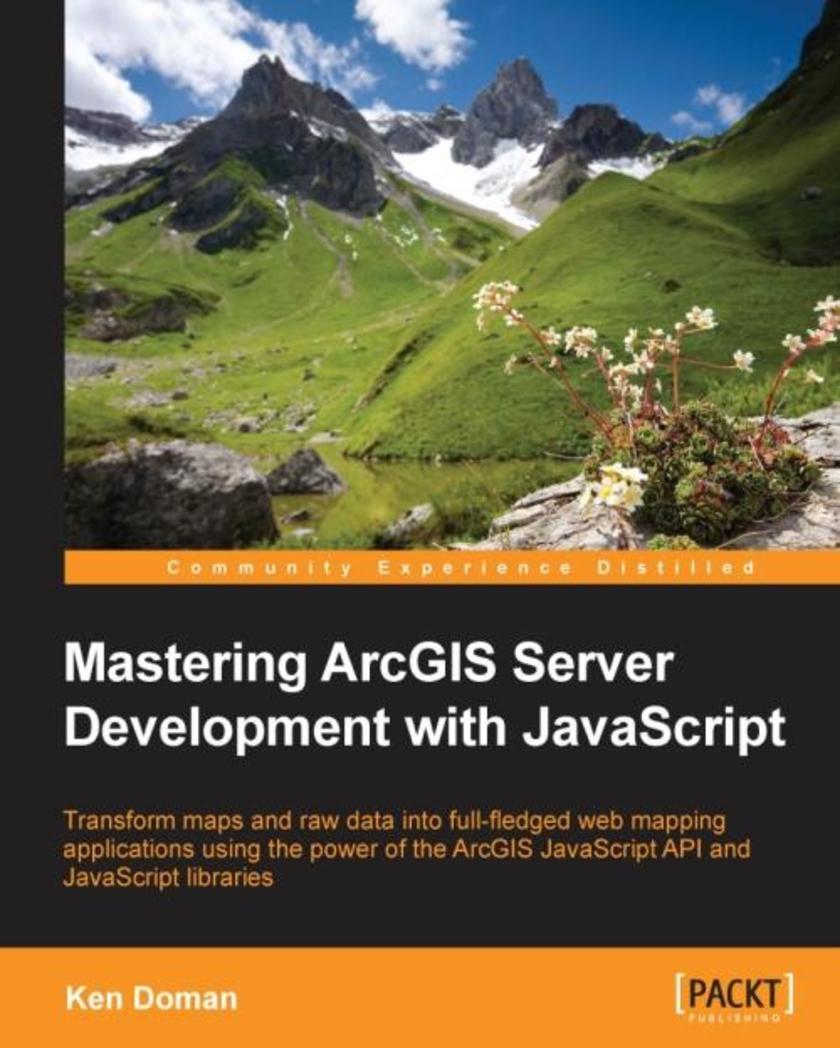
Mastering ArcGIS Server Development with JavaScript
¥80.65
Transform maps and raw data into full-fledged web mapping applications using the power of the ArcGIS JavaScript API and JavaScript libraries About This Book Create and share modern map applications for desktops, tablets, and mobile browsers Present and edit geographic and related data through maps, charts, graphs, and more Learn the tools, tips, and tricks made available through the API and related libraries with examples of real-world applications Who This Book Is For This book is intended for intermediate developers who want to design web mapping applications. You should have some experience with geographic information systems, especially with ArcGIS products such as ArcGIS Server. It also helps to have some experience with HTML, CSS, and JavaScript. What You Will Learn Create single-page mapping applications, lining up data from different sources Search for and display geographic and tabular information based on locations and attributes Customize maps and widgets to deliver the best user experience Present location data intuitively using charts and graphs Integrate mapping applications with your favorite JavaScript frameworks Test the working of your web map application and take advantage of cloud services such as ArcGIS Online Create modern-looking web maps through styling tips and tricks In Detail ESRI and its ArcGIS line of software have been an industry leader in digital map production and publication for over 30 years. ArcGIS Server lets you design, configure, and publish maps that can be viewed and edited through the Internet. After designing basic maps, you may want to find out new and innovative ways to represent information using these maps. In this book, you'll work through practical examples, experiencing the pitfalls and successes of creating desktop and mobile map applications for a web browser using the ArcGIS Server platform. The book begins by introducing you to ArcGIS Server and ESRI's JavaScript API. You'll work with your first web map and then move on to learn about ESRI's building blocks. A Dojo AMS style widget will help you create your own widgets for a map and then see how to collect geographic data. Furthermore, you will learn different techniques such as using Dojo Charts to create charts and graphs to represent your data. Then you will see how to use ESRI JavaScript API with other JavaScript libraries and different styling methods to make your map stand out. By the end of the book, you will discover how to make your application compatible with different devices and platforms and test it using testing libraries. Style and approach An in-depth guide that explores web application development using ArcGIS Server and the ArcGIS JavaScript API. Topics are explained in the context of developing two applications for fictional clients. Details of application development, including possible pitfalls and best practices, are included in this book.
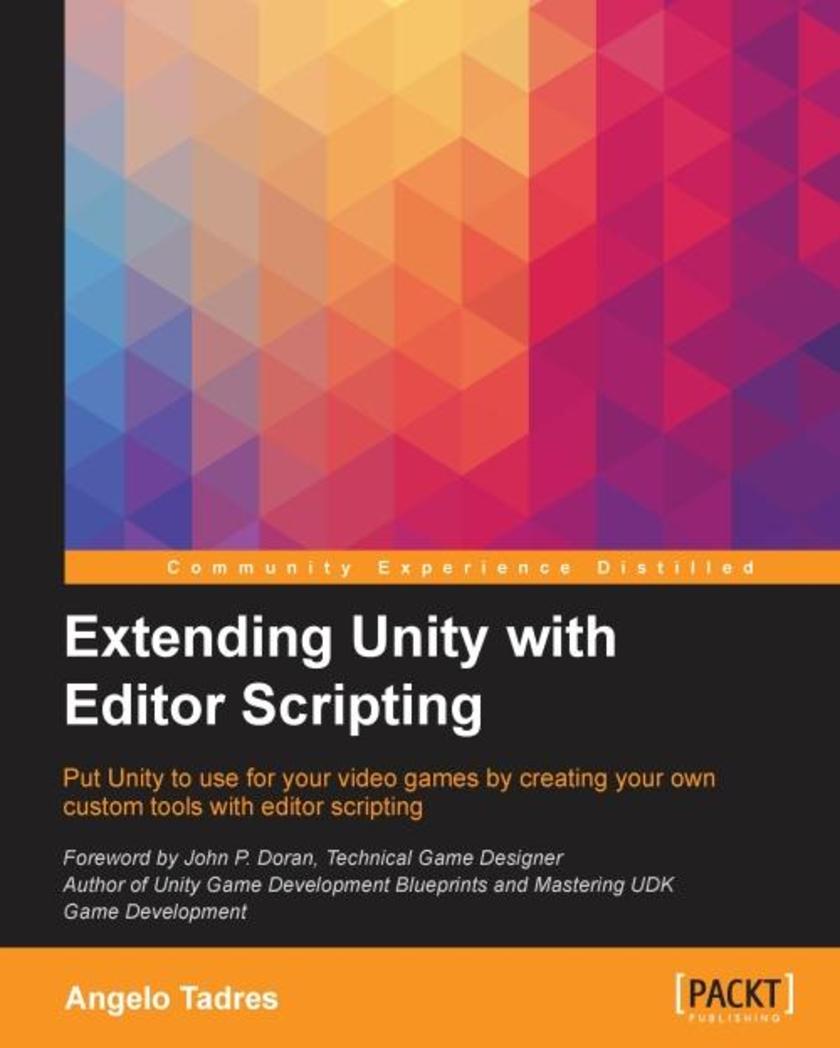
Extending Unity with Editor Scripting
¥80.65
Put Unity to use for your video games by creating your own custom tools with editor *ing About This Book Acquire a good understanding of extending Unity’s editor capabilities for a platformer game by using Gizmos, custom inspectors, editor windows, *able objects, and more Learn to configure and get control over your asset import pipeline using asset preprocessors A step-by-step, comprehensible guide to creating and customizing a build pipeline that fits the necessities of your video game development team Who This Book Is For This book is for anyone who has a basic knowledge of Unity programming using C# and wants to learn how to extend and create custom tools using Unity editor *ing to improve the development workflow and make video game development easier. What You Will Learn Use Gizmos to create visual aids for debugging Extend the editor capabilities using custom inspectors, property and decorator drawers, editor windows, and handles Save your video game data in a persistent way using *able objects Improve the look and feel of your custom tools using GUIStyles and GUISkins Configure and control the asset import pipeline Improve the build creation pipeline Distribute the custom tools in your team or publish them in the Asset Store In Detail One of Unity's most powerful features is the extensible editor it has. With editor *ing, it is possible to extend or create functionalities to make video game development easier. For a Unity developer, this is an important topic to know and understand because adapting Unity editor *ing to video games saves a great deal of time and resources. This book is designed to cover all the basic concepts of Unity editor *ing using a functional platformer video game that requires workflow improvement. You will commence with the basics of editor *ing, exploring its implementation with the help of an example project, a level editor, before moving on to the usage of visual cues for debugging with Gizmos in the scene view. Next, you will learn how to create custom inspectors and editor windows and implement custom GUI. Furthermore, you will discover how to change the look and feel of the editor using editor GUIStyles and editor GUISkins. You will then explore the usage of editor *ing in order to improve the development pipeline of a video game in Unity by designing ad hoc editor tools, customizing the way the editor imports assets, and getting control over the build creation process. Step by step, you will use and learn all the key concepts while creating and developing a pipeline for a simple platform video game. As a bonus, the final chapter will help you to understand how to share content in the Asset Store that shows the creation of custom tools as a possible new business. By the end of the book, you will easily be able to extend all the concepts to other projects. Style and approach This book uses a step-by-step approach that will help you finish with a level editor tool, a custom configuration for the asset import pipeline, and a build pipeline totally adjusted to the video game.




 购物车
购物车 个人中心
个人中心



